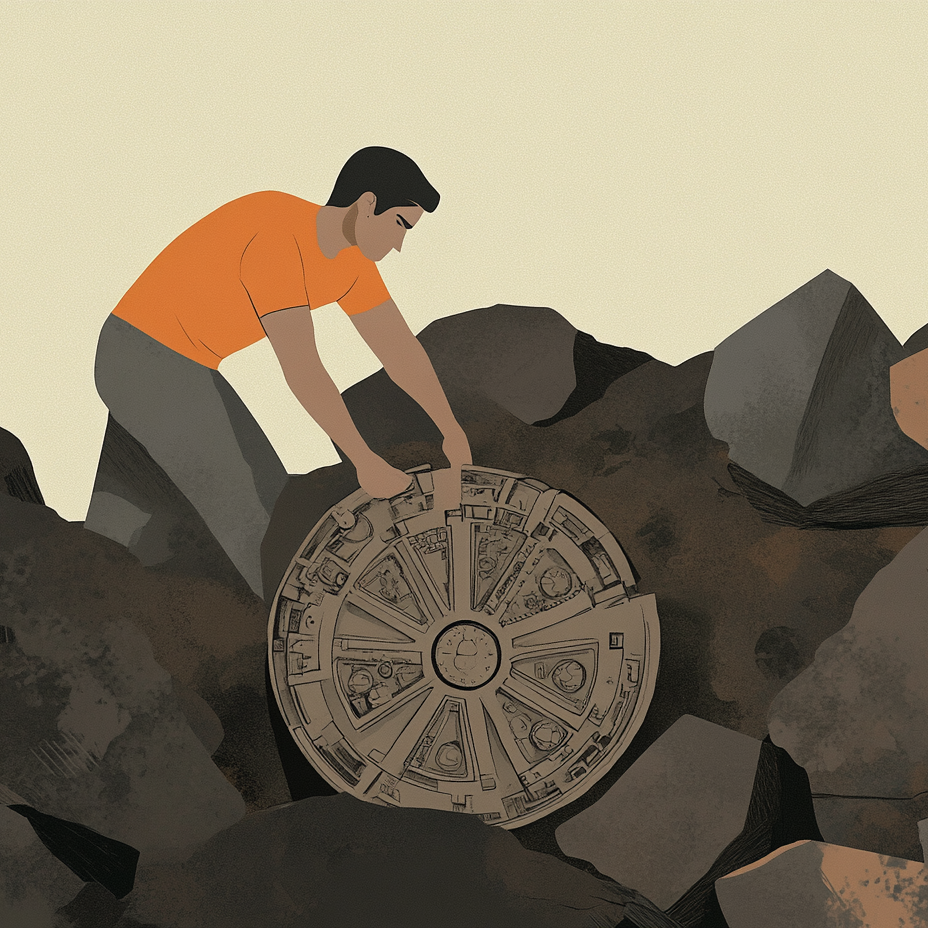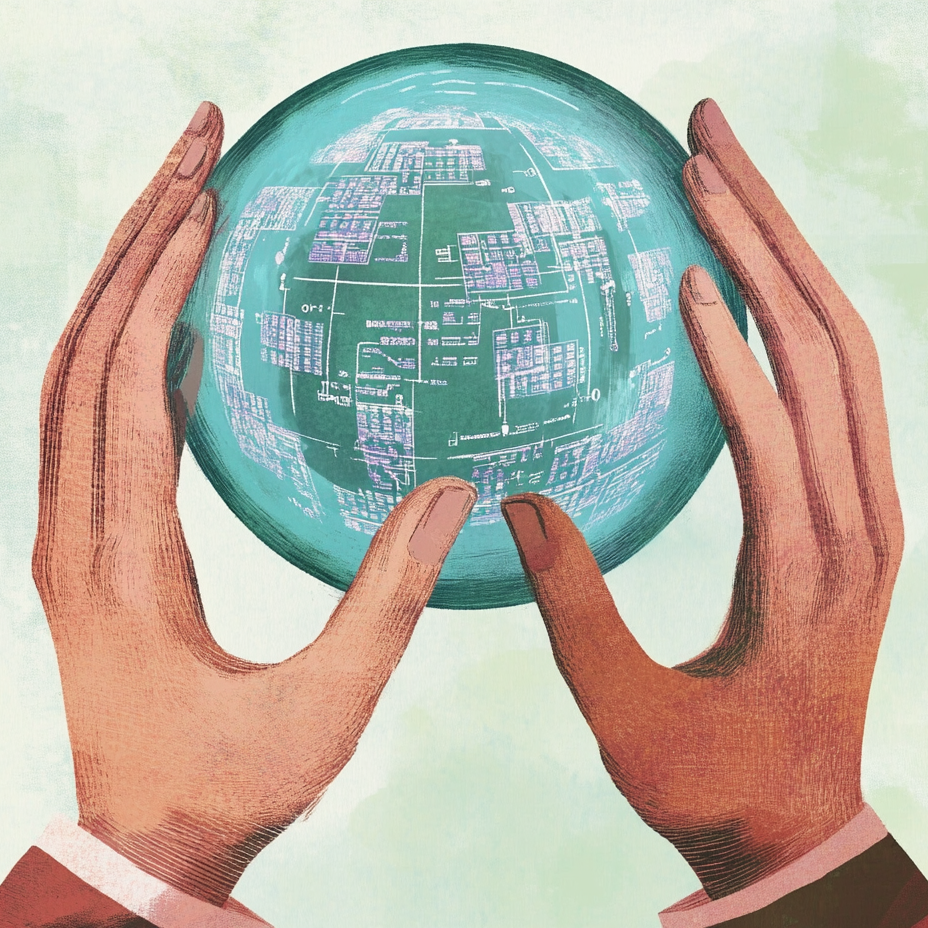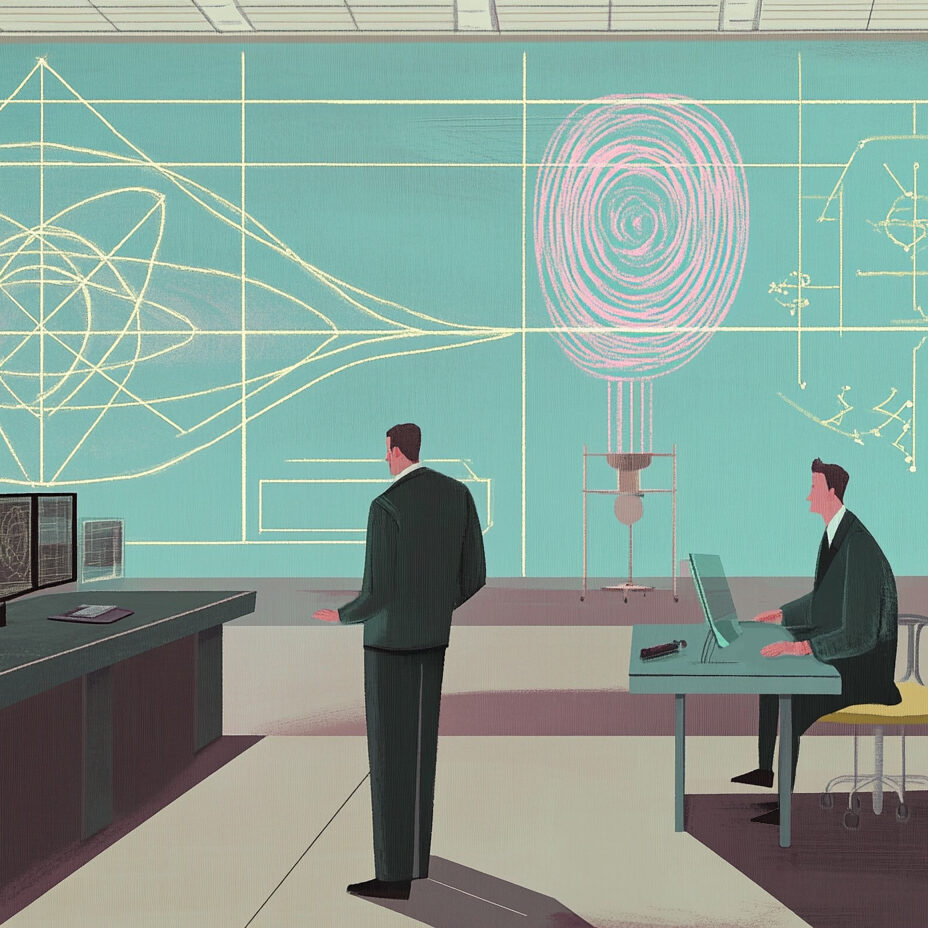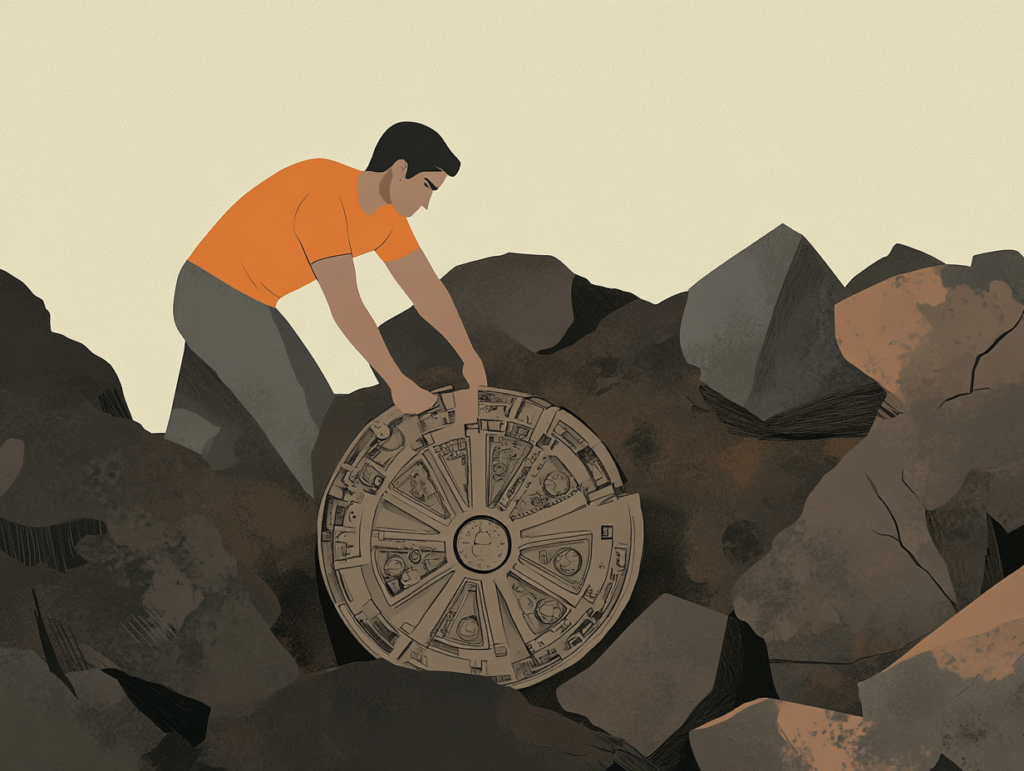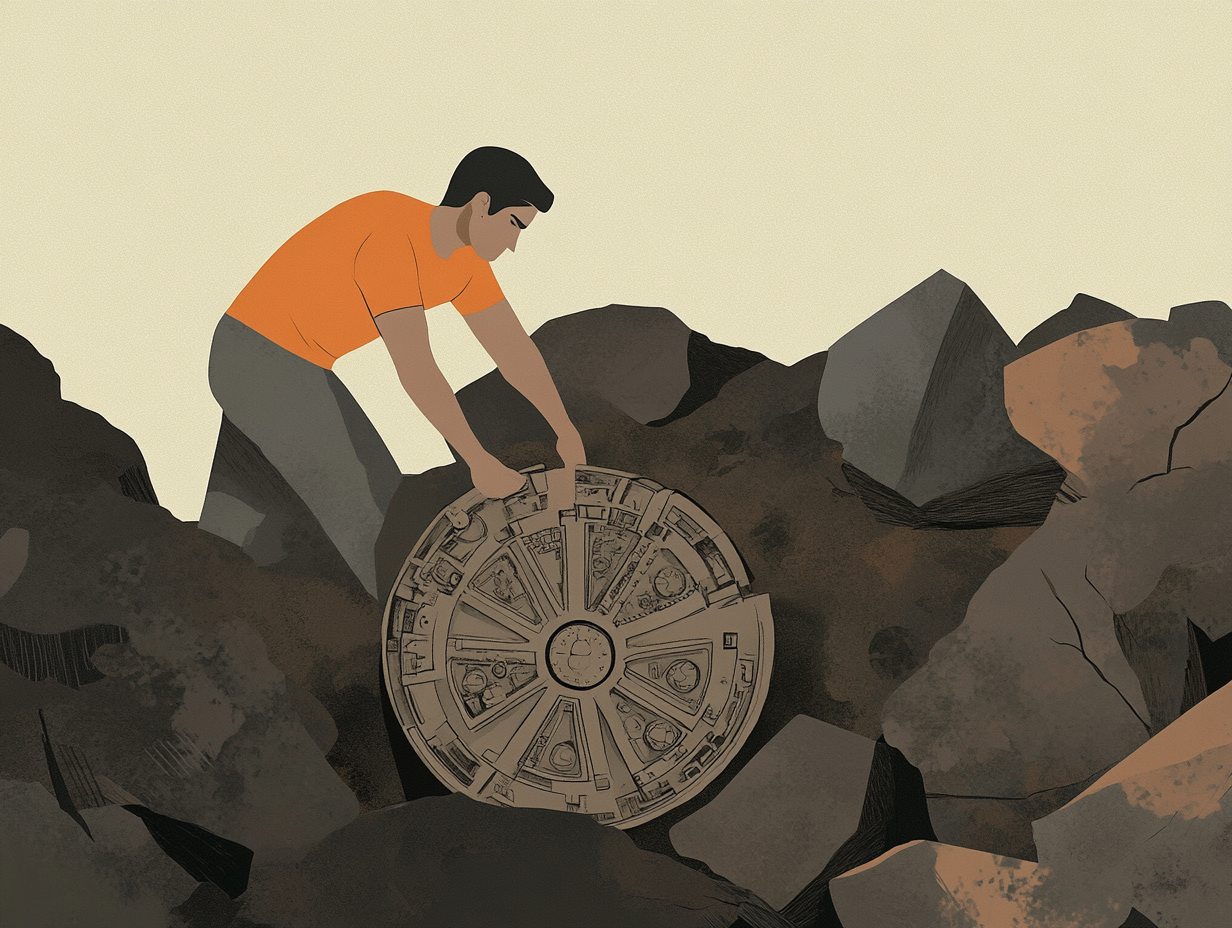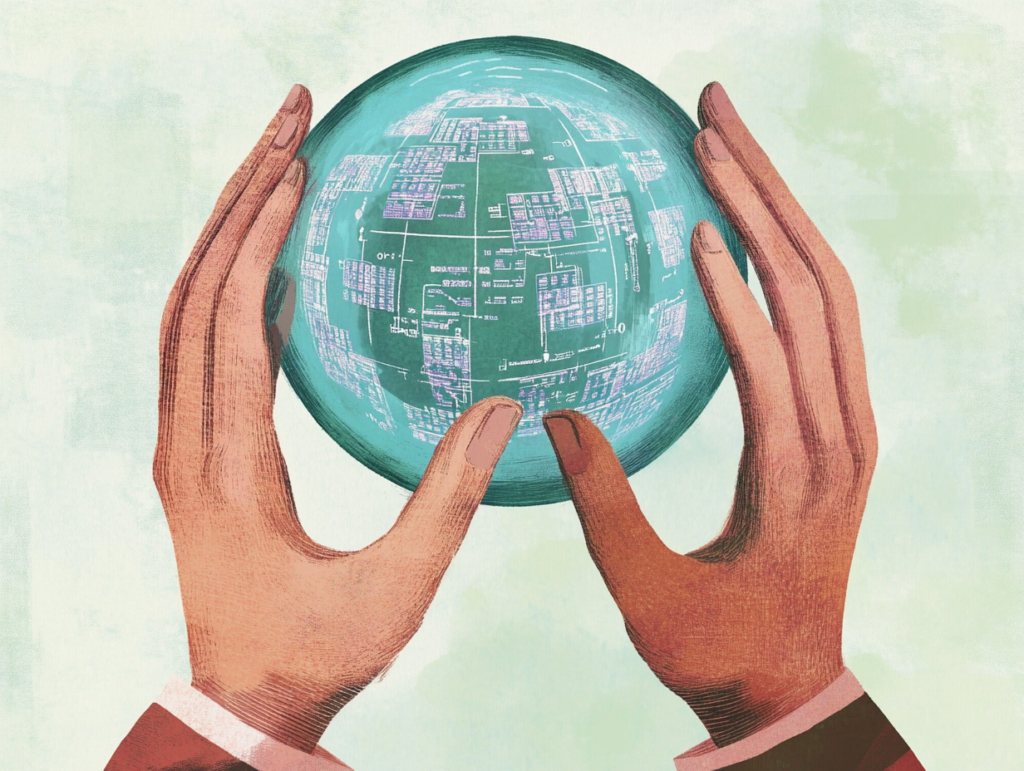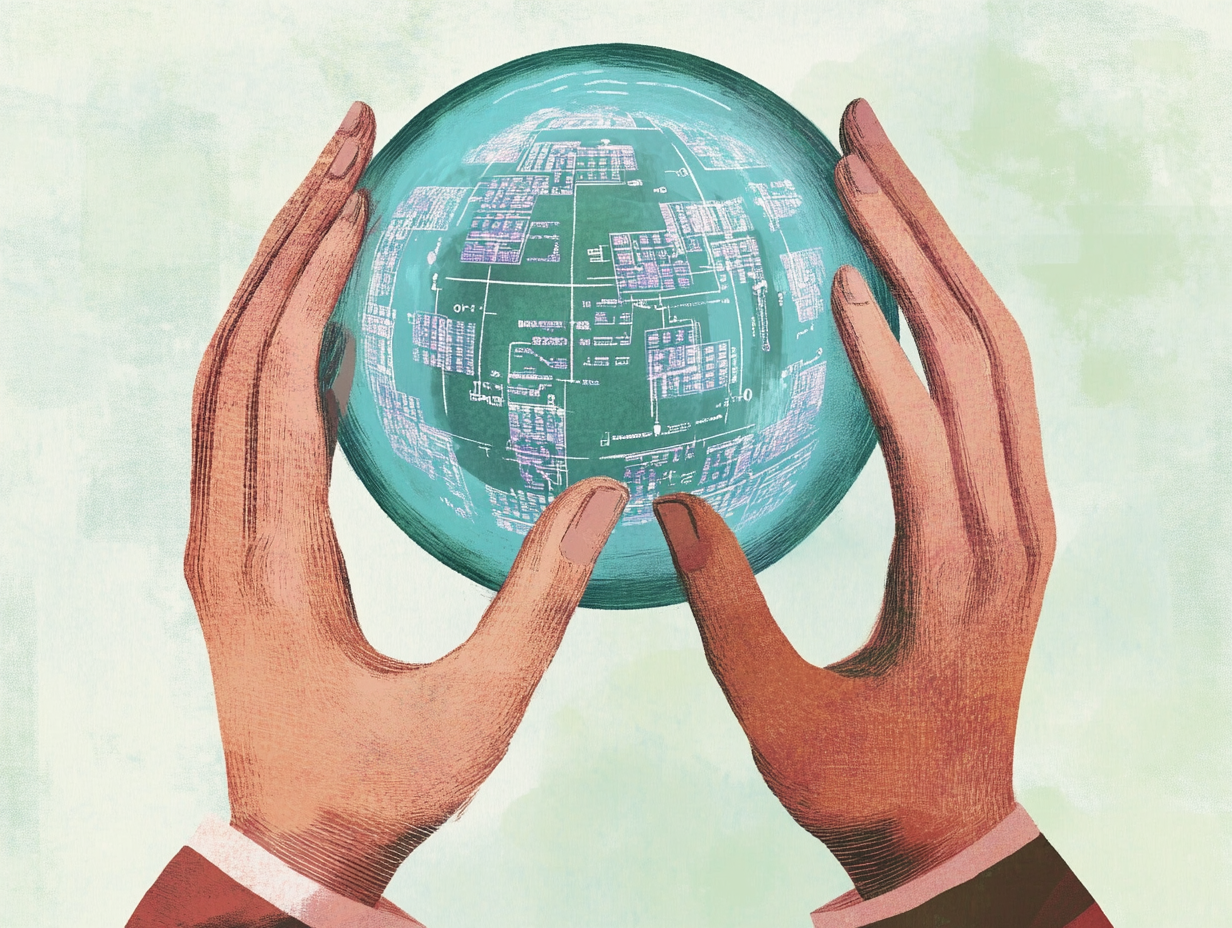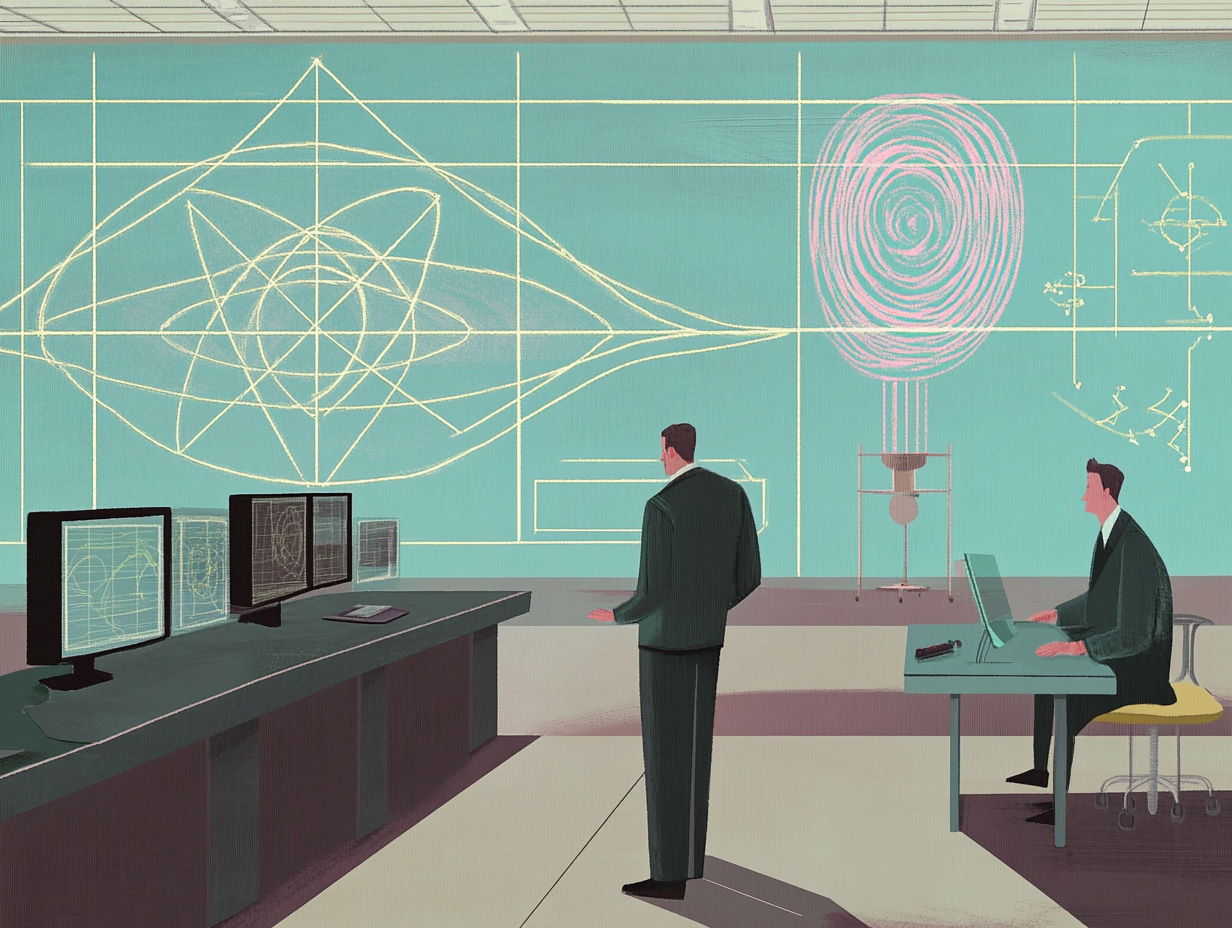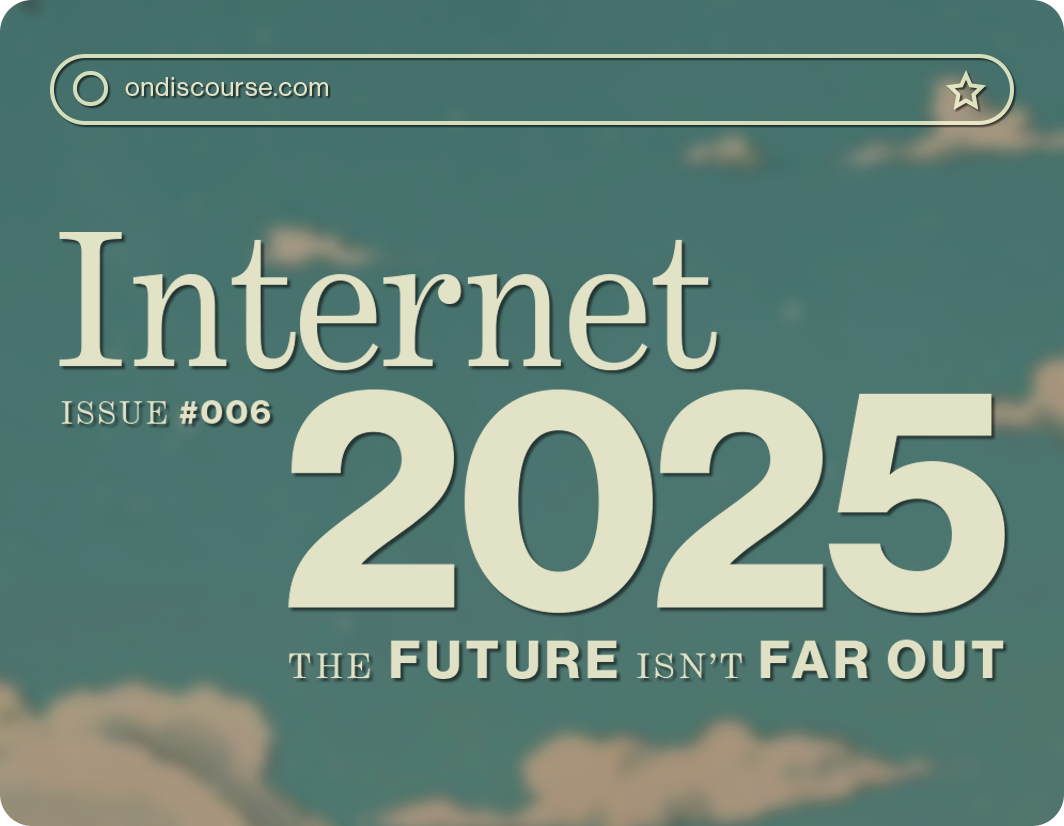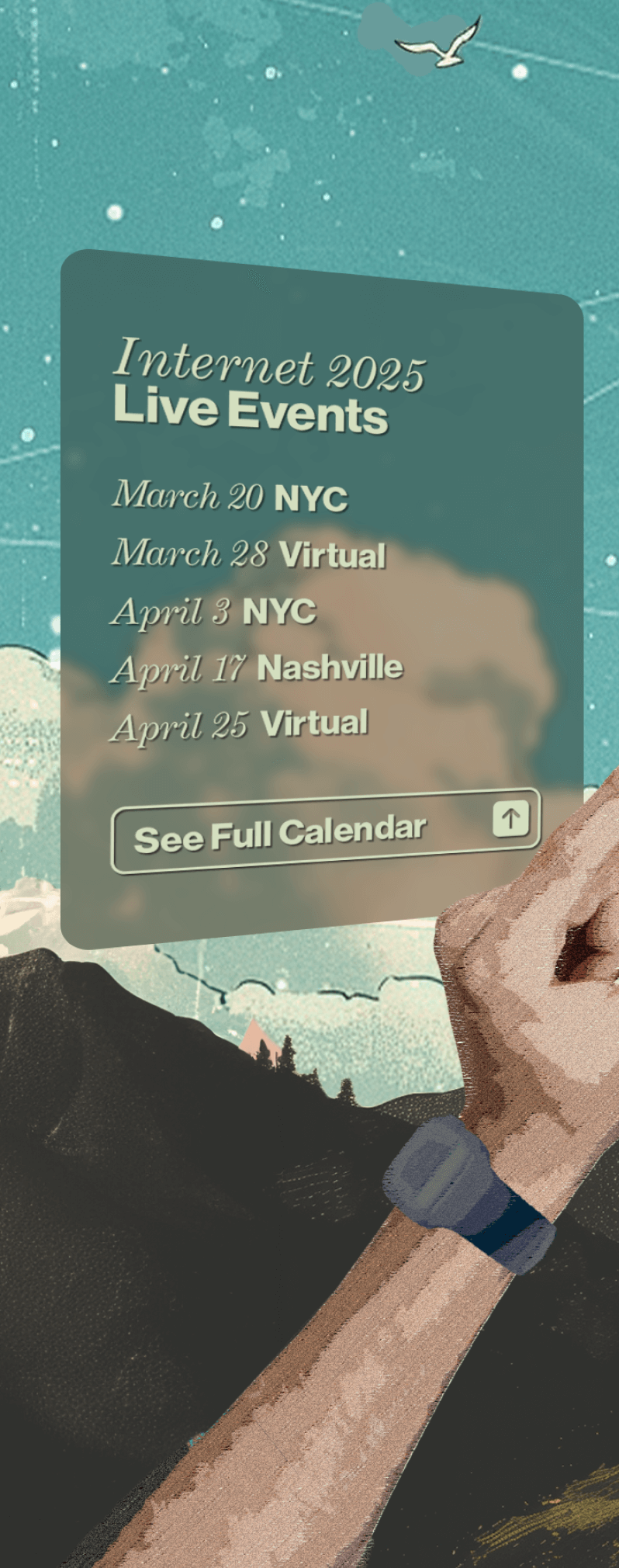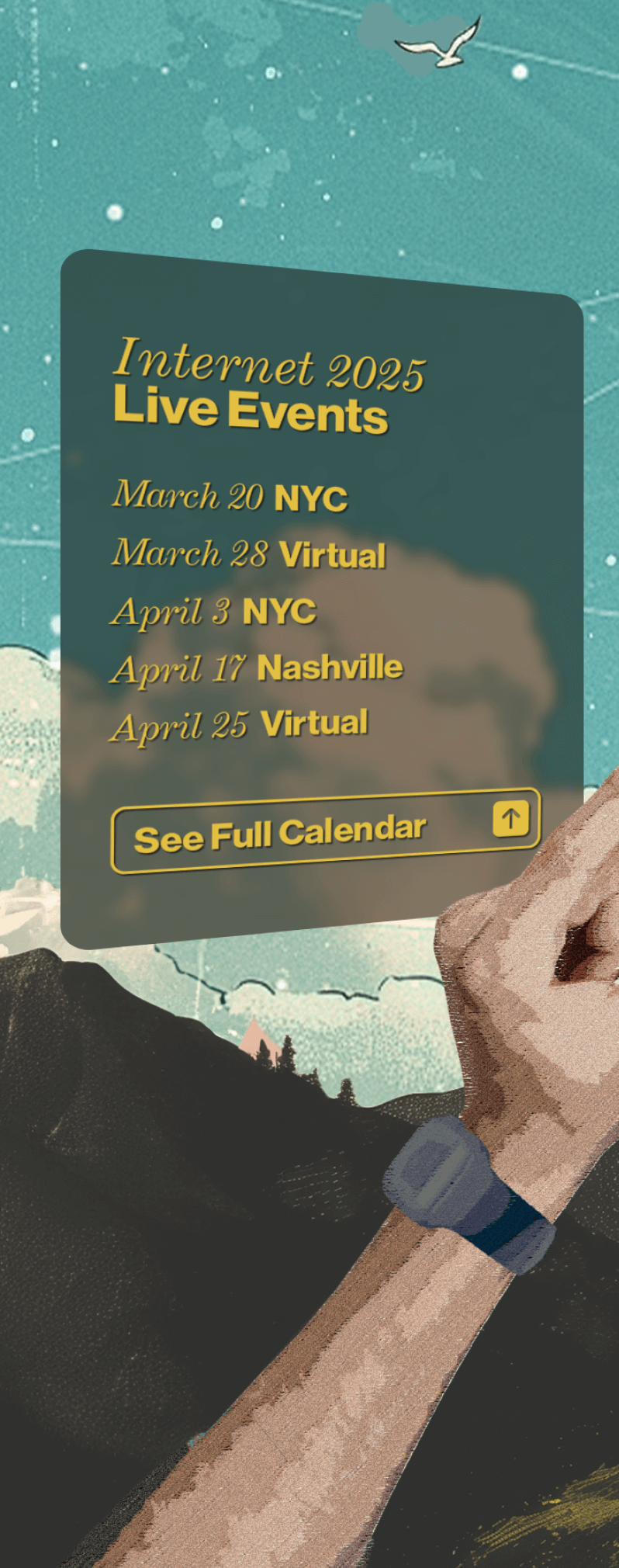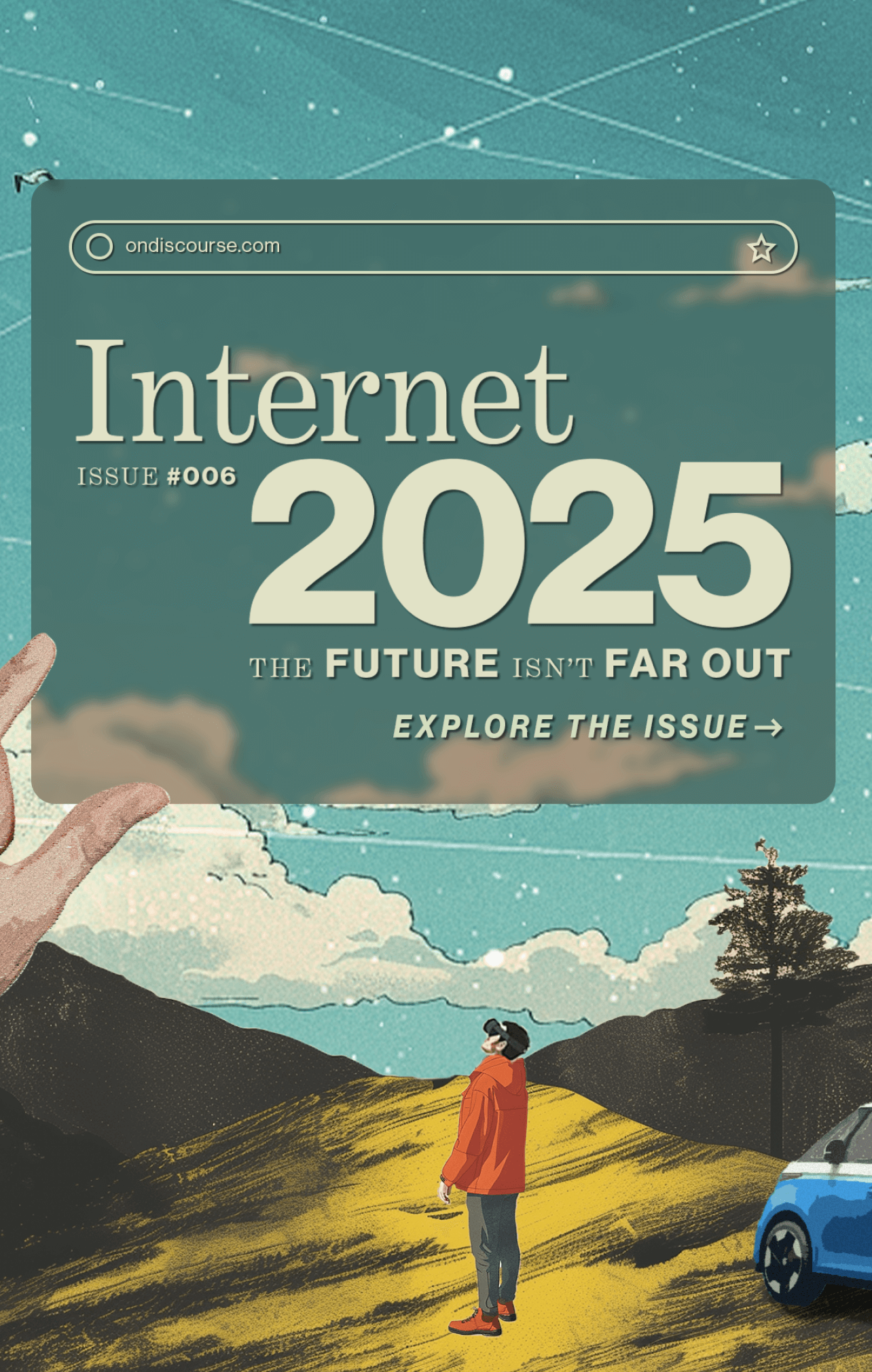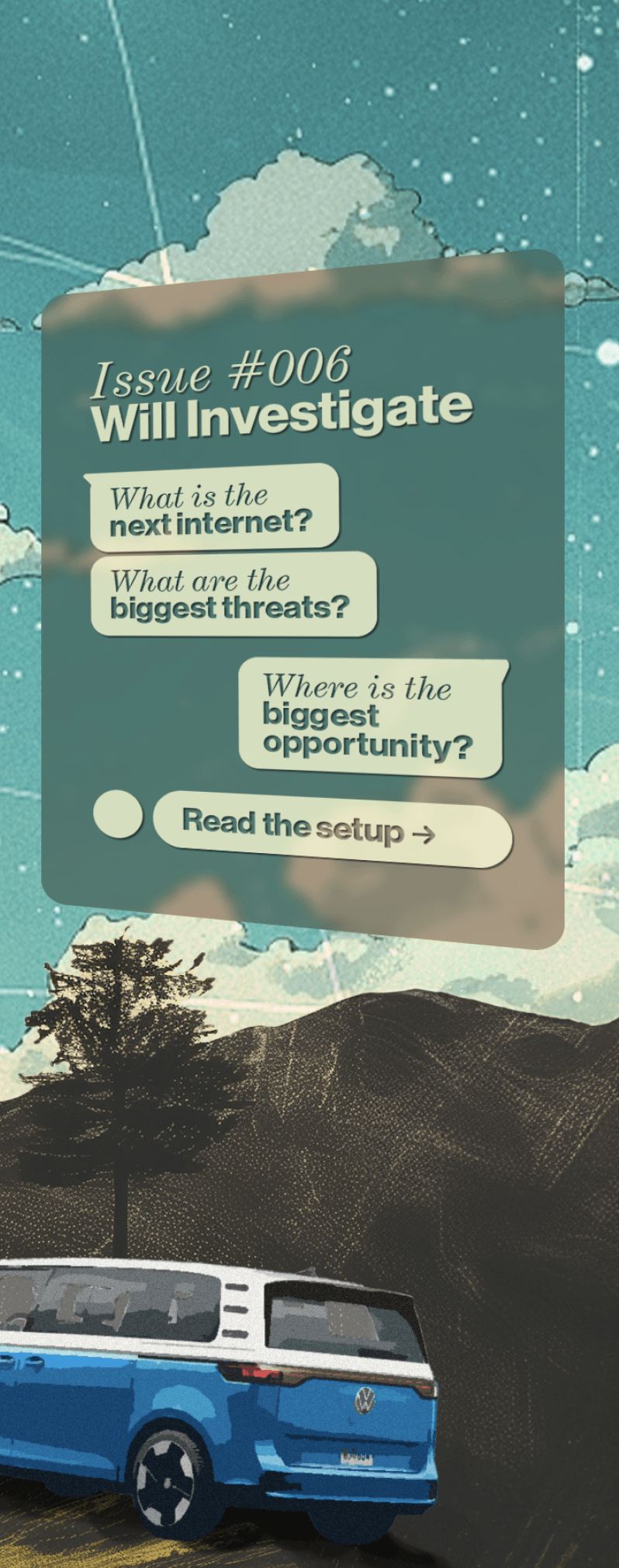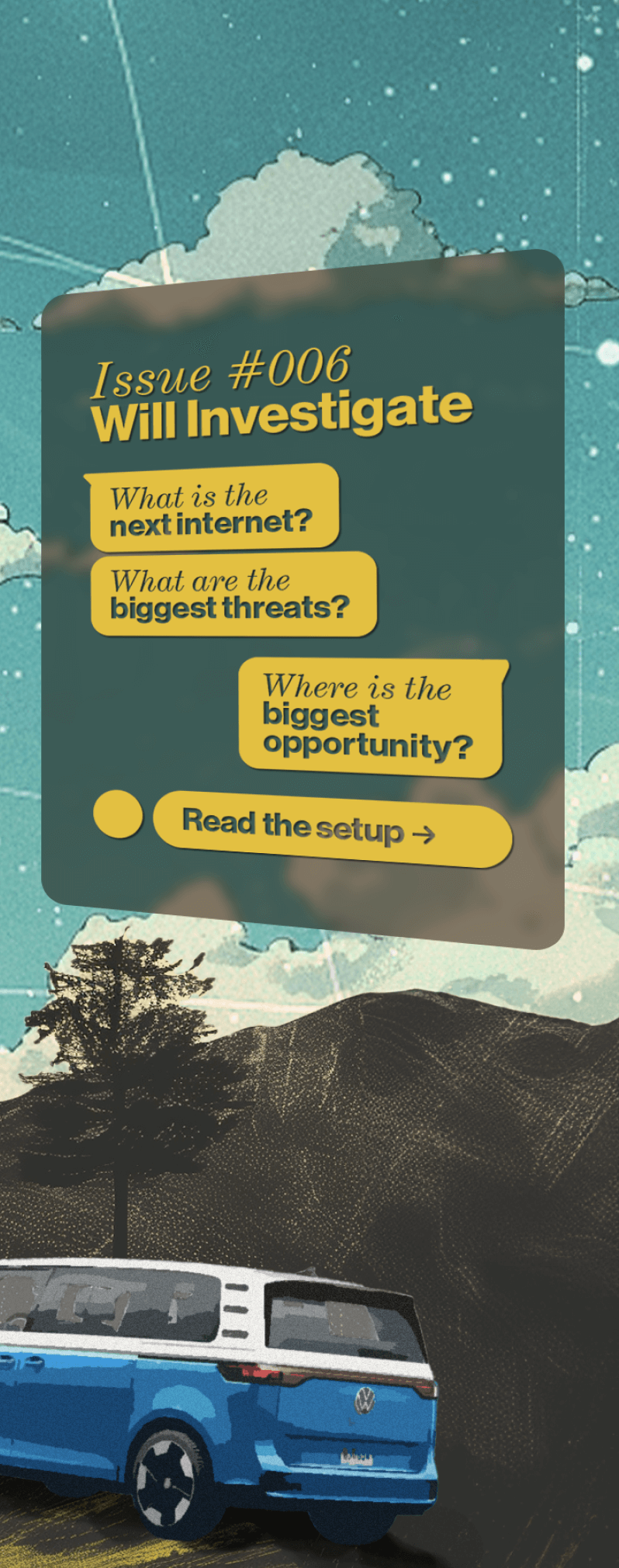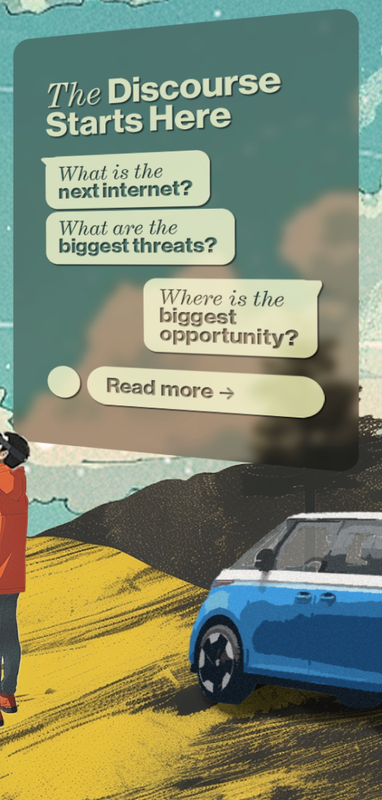The Future is a Simulation
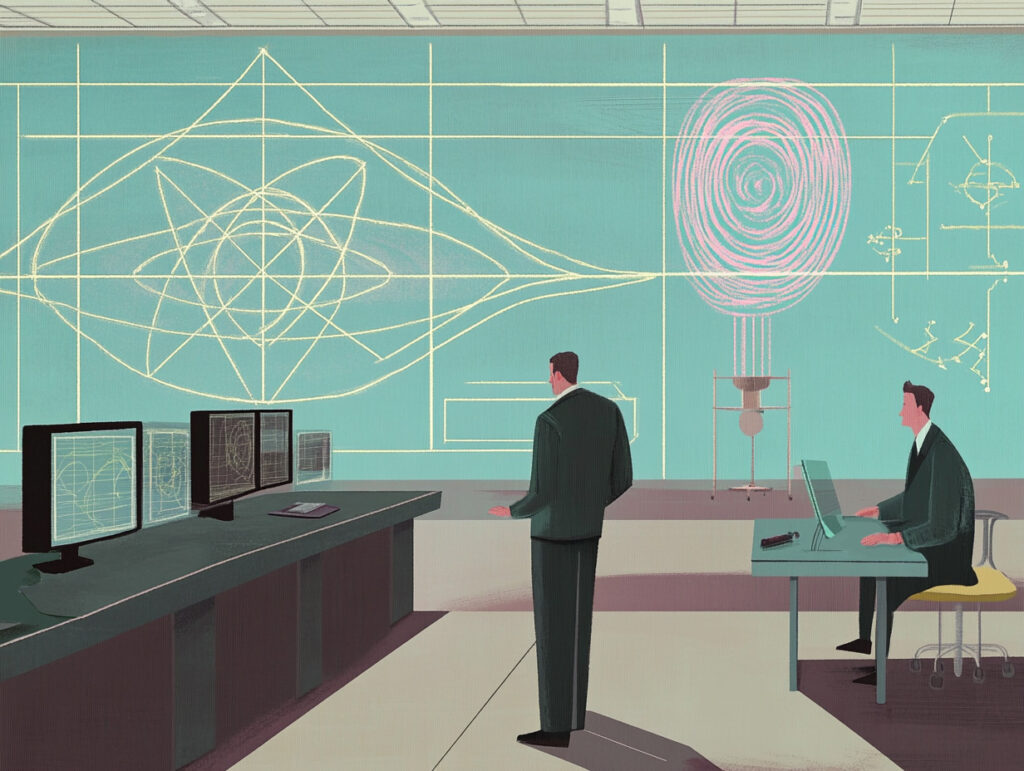
Part 5
How
to Get
Started
Editor’s note: At this point, you have spanned the history, and future of simulation and been given the tools to use for this process. The final installment of this series is a metaphorical baton pass to get you started on your simulation.
The future of simulation is ready to go mainstream, expanding far beyond capital-intensive industries, and into the digital realm. If you are leading a digital transformation agency or running an in-house transformation, the next step is to figure out how to leverage this powerful technology in the right way.
The previous article laid out a so-called 4V Framework you can use to shape your simulation. Now you need a determine the value of this process for your own needs. Consider the MASTERY framework as a diagnostic tool to identify how simulation might be relevant to your own company or team:
SAFE TO FAIL
The Future is a Simulation
PART 1
An Ancient Strategy
PART 2
The AI Spring
PART 3
Virtual Prototyping
PART 4
Focus Areas and Tools
PART 5
How to Get Started
Mine
Uncover actionable insights from complex data and market analysis, identifying emerging trends and opportunities. What if you could predict market shifts or new consumer behaviors before they become apparent to your competitors? How might this foresight influence your strategic investments and guide your innovation roadmap?
Architect
Build and test virtual models of potential organizational changes or new business ventures. What if you could visualize the impact of a proposed change across your entire organization before implementation? How would this ability to test different scenarios inform your decisions and mitigate risks associated with transformative changes?
Strategize
Leverage strategic simulations to evaluate and refine various business strategies to understand their potential impacts thoroughly. What if you could simulate the outcomes of different strategic choices and their effects on your business? How could this capability enhance the precision of your strategic planning and accelerate effective decision-making at the executive level?
Train
Enhance your team's capabilities through targeted simulation-based training in a controlled, risk-free environment. What if your leadership and most critical teams could practice navigating complex business scenarios without any real-world risks? How might this training prepare them better for strategic pivots and innovation challenges?
Engage
Align organizational efforts and test the impact of new policies or operational changes before they are implemented. What if you could preview the results of a new organizational policy or a shift in workflow? How would this visibility help in aligning departments and optimizing overall decision-making processes?
Refine
Continually optimize your operations by simulating various process configurations to identify the most efficient models. What if you could streamline operations and improve productivity continuously? How would this commitment to ongoing refinement support sustained growth and operational excellence?
Yield
Maximize the effectiveness of your strategic decisions and operational processes by testing and enhancing outcomes before full-scale implementation. What if you could fine-tune your strategies and operations to ensure they deliver maximum value and impact and focus resources on the strongest areas of return? How would optimizing these yields transform your organization's performance and competitive positioning?
As simulation becomes more accessible, it addresses the critical barrier of risk, enabling businesses to model and test scenarios virtually. This reduces the need for costly physical prototypes and mitigates risks associated with new innovation initiatives. Consequently, organizations can move more confidently and quickly from concept to execution, exploring innovative solutions, iterating rapidly, and bringing advancements to market faster.
The democratization of simulation technology, propelled by AI, promises to reverse the "innovator's dilemma," enabling large corporations to take on a level of risk formerly reserved for startups. These organizations can leverage extensive data for precise simulations, accelerating innovation processes. However, this raises questions about the broader impact. While simulation capabilities might give established companies a competitive edge, relying on vast data suggests those with access to such resources could disproportionately benefit, leading to control consolidation and dominance by larger entities.
Nevertheless, simulation holds potential for broader inclusion by allowing organizations to predict outcomes and evaluate ideas more objectively. This could lead to a more inclusive approach to innovation, where decisions are based on outcomes rather than assumptions.
Accelerating innovation without allowing time for adaptation could cause social and economic disruptions. Balancing rapid technological advancement with strategies to help societies adjust is crucial. As simulation becomes more widespread, fostering thoughtful integration over speed is vital to ensuring these advancements benefit a broader population and bring people along (both employees and customers).
The democratization of simulation offers unprecedented opportunities for precise, cost-effective decision-making. Yet, it also creates a divide between those who can harness its power and those who cannot. Organizations that adapt to this new era are poised for breakthroughs, while others may struggle and face increased risks. Preparing for this shift is crucial; businesses must invest quickly in tools, training, and strategies to leverage simulation effectively and navigate the evolving landscape.

